9 Authors and Their Fiction Love Stories
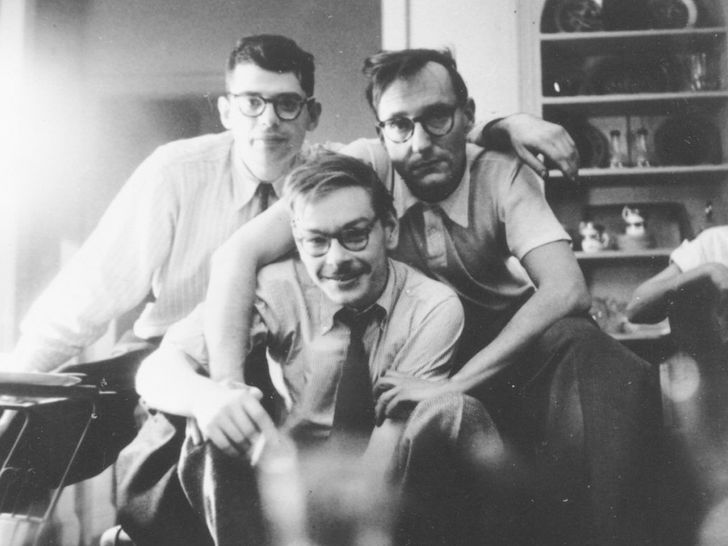
Romance, for both readers and writers of romance novels, is one of the most common genres of literature today. And no wonder why: romance is thrilling, sexy, and readable in a compulsive way. Fortunately, all the time, there are plenty of books coming out! So we've compiled this guide to the 9 best romance writers to help you get a handle on the genre, along with the books they've published that are sure to make you swoon.
Posted On January 12th, 2021
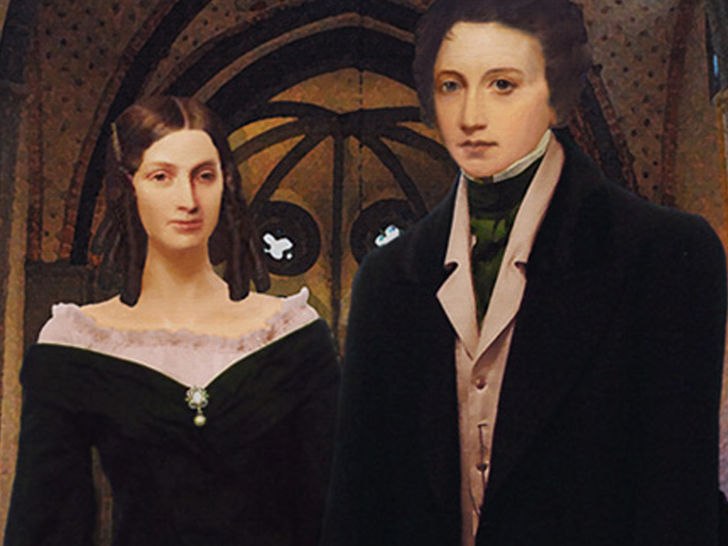
Mary Shelley and Percy Byshee Shelley
It's easy to picture a Romantic portrait making the most of the ethereal pallor of young Mary Godwin: unfortunate that in the distinctly unethereal throwing up phase we always capture her. In the next scene, onboard a small wooden sailing vessel, she lies exhausted by seasickness and terror. In the moonlight, the boat is dwarfed by storm waves that swell under and around it. The time is just before midnight, and for more than six years, the crossing that the sailors promised would be "only two hours' sail from the shore" has already taken place. The sky is "red and stormy"; the flashes of lightning are vivid. Mary is just 16 years old, and she runs away with Percy Bysshe Shelley, a man who's not only married but the father of a five-year-old small boy.

Oscar Wilde and Lord Alfred Douglas
In June 1891, Wilde encountered Douglas, a 21-year-old Oxford undergraduate and talented poet, Lord Alfred "Bosie," who would become the author's own Dorian Gray, his literary muse, his evil genius, his restless lover. Because of their affair, Wilde wrote Salomé and the four great plays that are marked as the cornerstones of his legacy even today.
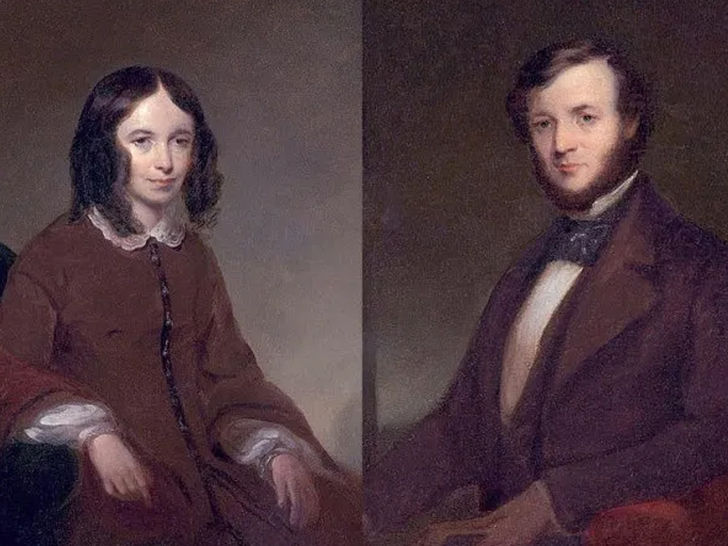
Elizabeth Barret Browning and Robert Browning
Robert Browning was emphatically unlike the doctors humorously described by E.B.B., who carried the inkstand out of her room as part of the cure because if poetry involves malady for men "for women it was incompatible with any common show of health under any circumstances" for women, under any circumstances, it was incompatible with any common health show. Their bond started when he admired her poetry. His bold first letter switches from loving to love her books. E.B.B. was alarmed by his "extravagance" and worried that with anything of Aurora Leigh's disdain for merely literary adulation, he might substitute lioness-worship for true emotion.
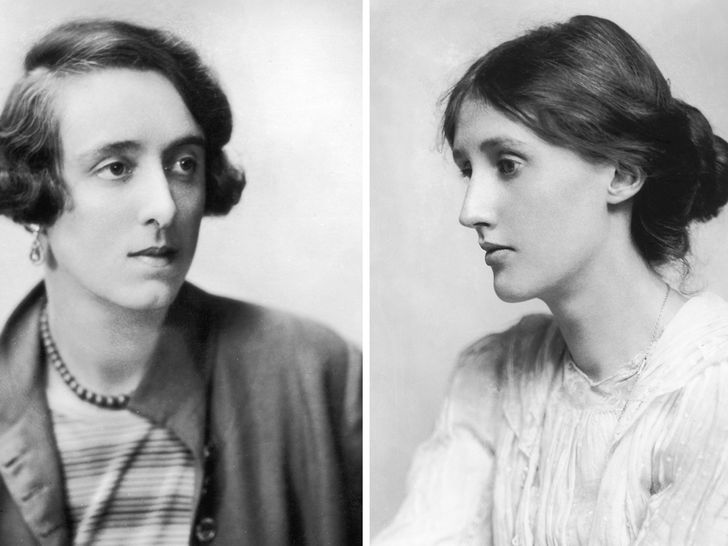
Virginia Woolf and Vita Sackville-West
Vita & Virginia portrays the two women meeting at a costume party, at which Woolf's intellect and eloquence are instantly entranced into Sackville-West. In December 1922, the two women met and grew closer by attending a series of dinner parties in London.
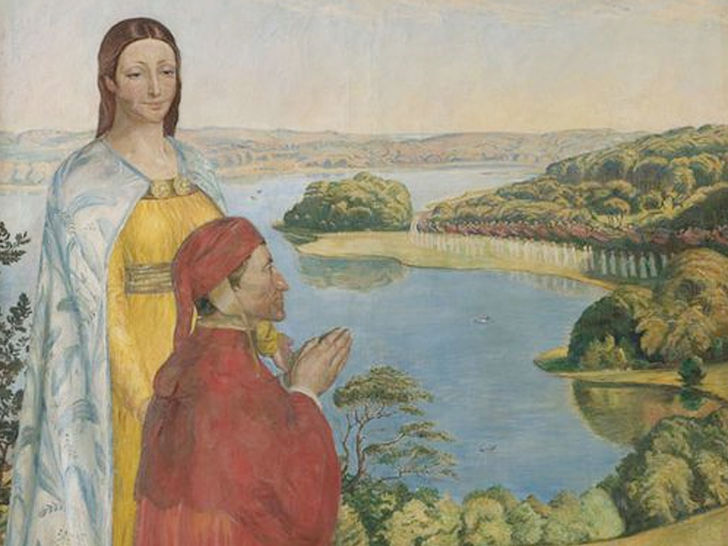
Beatrice and Dante
Dante's true love was Beatrice. Dante reveals in his Vita Nova that he met Beatrice for the first time when his father took him to a May Day party at Portinari's home. They were kids: he was nine and she was eight years old. After this encounter, Dante was immediately beaten and never forgotten, even though, in 1285, he married another woman, Gemma Donati, with whom he had three sons and one daughter. Dante and Beatrice were both neighbors outside the walls of Florence, according to tradition, near Fiesole Hill, where the Portinari and Alighieri families had two adjacent summer villas. It is possible that there, as teenagers, Dante and Beatrice met each other. Nine years later, he would meet her again in an unlikely way: Beatrice was walking along the Lungarno, dressed in white and joined by two older women (one of the Florence streets along the Arno River). She turned around and saluted him. Dante recalled the episode well, but, without saying a thing, ran away. Her greeting filled him with such joy that he stepped back into his room to think of her. In doing so, he fell asleep and had a dream that would become the subject of La Vita Nuova's first sonnet.
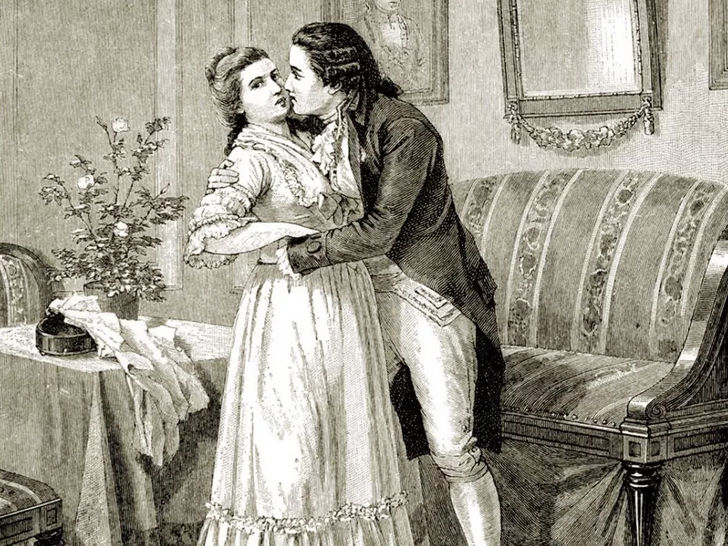
Charlotte Buff and Johann Wolfgang
A youthful friend of the poet Goethe who fell in love with her was Charlotte Buff. She rejected him and married Johann Christian Kestner, the Hanoverian Court's vice-archivist and private councillor, instead.
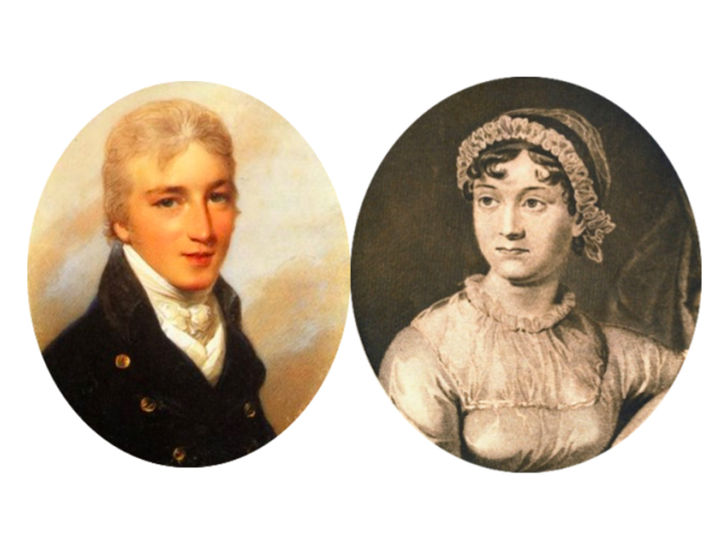
Jane Austen and Tom Lefroy
Lefroy started a flirtation in 1796 with the young Jane Austen, a friend of an older female aunt. Jane Austen wrote two letters referencing "Tom Lefroy" to her sister Cassandra, and some have speculated that when she invented the character of Mr Darcy in Pride and Prejudice, it may have been him that Austen had in mind, as the courtship between Tom Lefroy and Jane Austen took place during the year or so that Pride and Prejudice were published. Jon Spence indicates in his 2003 biography, Being Jane Austen, that Jane Austen actually used the personalities of her and Tom Lefroy as templates for Mr Darcy and Elizabeth Bennet, but not in an intended manner. Spence indicates that Jane Austen used the more gregarious personality of Tom Lefroy as the model for Elizabeth Bennet, the heroine of the book, and her own calculated temperament was used as the model for Mr Darcy, the male protagonist. So although Tom Lefroy's exact effect on Pride and Prejudice continues to be explored, it seems certain that his role in the life of Austen is mirrored in the novel in some way.
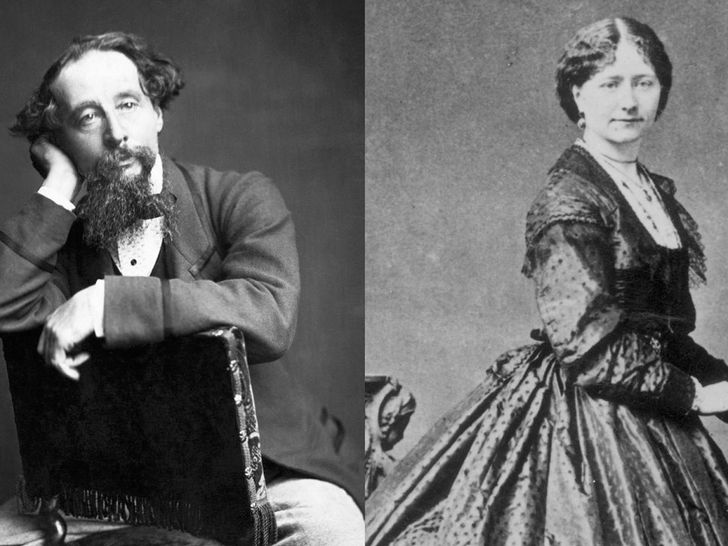
Ellen Ternan and Charles Dickens
When he met Ellen Ternan, Dickens was 45 years old. At the time, she was 18, just slightly older than Katey, his daughter. Dickens is believed to have begun an affair with Ternan; the true nature of their relationship, however, was kept hidden from the general public. Smart, charming, a force of character, Ternan was interested in literature and theatre. Dickens referred to Ternan as his "magic circle of one." According to what is known, when Catherine Dickens opened a packet sent by a London jeweller containing a gold bracelet written by her husband for Ternan with a note, matters came to a head in 1858. Charles and Catherine Dickens, after 22 years of marriage, separated that May. In 1860, Ternan left the stage and, from that point on, was financially supported by Dickens. She travelled with him often, as was the case in the case of the Staplehurst rail crash on June 9, 1865, when Dickens was travelling back from a visit to France with Ternan and her mother. He reportedly abandoned a proposal to take her on his 1867 visit to America for fear that the American press would publicise their relationship. She remained in the houses he took at Slough and later at Nunhead under false names. Although the truth of the problem has been widely debated, Dickens, who died in infancy, may have born a son to Ternan. There is no knowledge of the existence of the relationship between Charles Dickens and Ellen Ternan, since neither Dickens, Ternan, nor the sisters of Ternan left any account of the relationship, and much of the relationship's correspondence was lost.
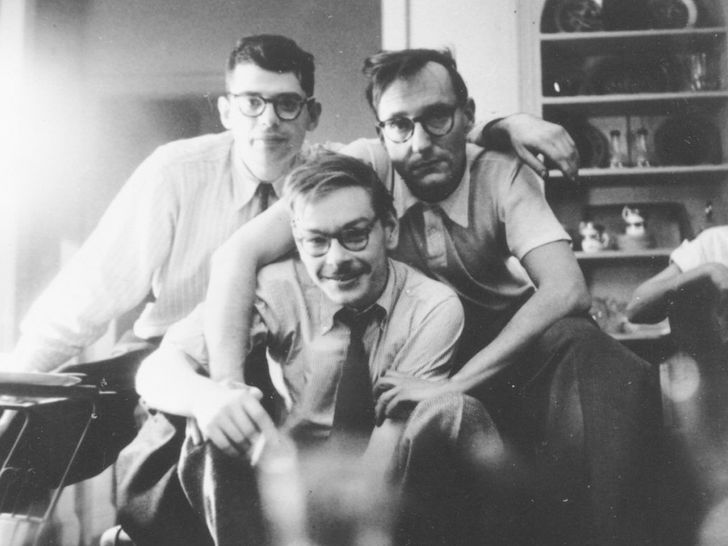
Allen Ginsberg and Lucien Carr
According to biographer Ellis Amburn, twenty-two-year-old Kerouac was grappling that summer with his own sexual impulses, torn between his feelings for Lucien Carr and the obligation to marry the wealthy Edie Parker. As both Kerouac and Allen Ginsberg fought for Carr's attention, Kammerer had become deeply jealous. Kerouac and Carr eventually formed a close friendship. With his normal impertinence, Kerouac affectionately called Lucien "Lou," and Carr returned those affections, calling Jack his "have-been queen."

